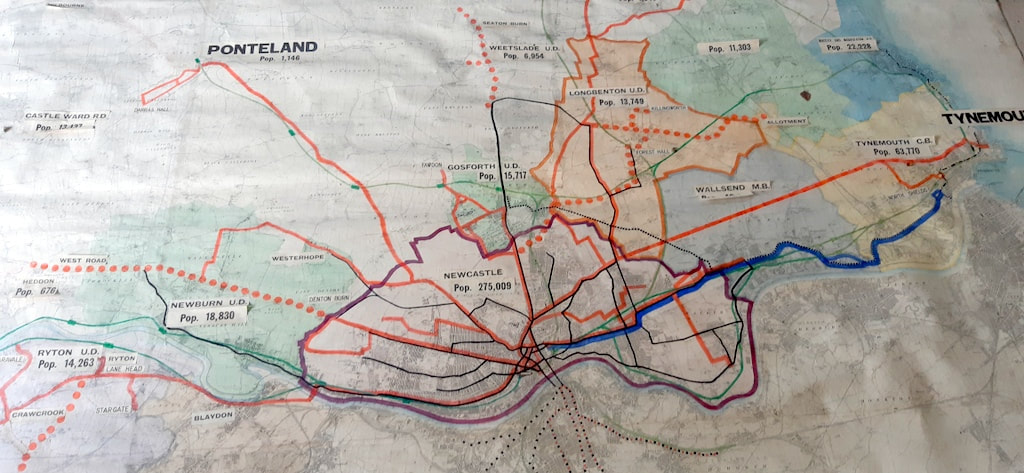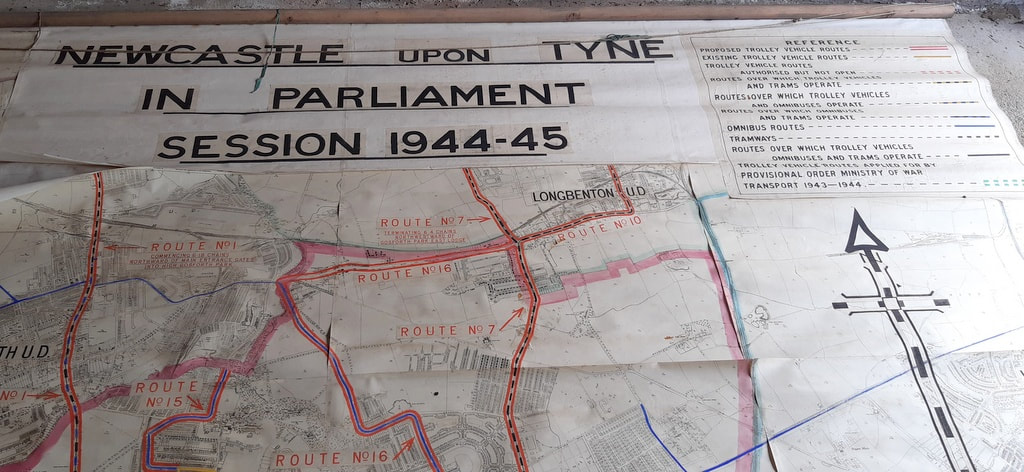Grade II Listed on 6th December 2022
Name: Milestone 7
Location: Adjacent to the north boundary wall of Thornlea Cottage, Tulip Mews, Heddon-on-the-Wall, Northumberland, NE15 0DR.
Summary
Military milestone, erected between mid-1751 and 1758 as part of the military road linking Newcastle to Carlisle, built in response to the second Jacobite Rising of 1745.
Reasons for DesignationThis milestone erected between 1751 and 1757, is listed at Grade II for the following principal reasons:
Architectural Interest
A rare, well-preserved, early example of a milestone sited in its original location, its simplicity being characteristic of its C18 date and military origins; It remains fully legible and unusually it only shows distances from one direction i.e. from Newcastle-upon-Tyne.
Historic interest
The milestone is illustrative of a major military investment in the defences of the North of England in the mid-C18, in response to the Second Jacobite Rising of 1745.
Group value
It benefits from a strong functional, historical and spatial group value with the contemporary listed Grade II Milestones 11 and 15, which are situated further to the west along the Military Road.
History
Milestone 7 marks the distance in miles from the west gate of Newcastle upon Tyne to this point along the military road constructed between Newcastle and Carlisle from 1751 to 1757. Known as the Military Road, currently partly reused by the B6318 and the B6528, the need for it was identified by Field Marshall George Wade (1673-1748), following his failure to intercept the Jacobite army of Charles Edward Stewart (Bonnie Prince Charlie) in November 1745. Wade was at Newcastle when the Jacobites marched from Edinburgh, taking Carlisle on the 15th and moving onwards to reach Manchester by the 23rd. Meanwhile, Wade left Newcastle for Carlisle on the 16th but had been forced to halt at Hexham by poor roads and snow, returning to Newcastle by the 22nd, without ever having made contact with the Jacobites. Although the road is now often associated with him, Wade was not involved in its construction as he died in 1748.
The route of the Military Road was surveyed in 1749 and was estimated to cost in the region of £22,450. Following an Act of Parliament in 1751, construction work was contracted-out to two civilian companies, who completed the road in 1757. The first 48km follows the alignment of Hadrian's Wall, with much of the stone used for hardcore being quarried from the historic structure itself, which caused considerable disquiet among antiquarians at the time. The total cost of the road was £22,680, shared by the Cumberland and Northumberland commissioners; this figure included the purchase of land, dry stone boundary walling, stone bridges, the construction of 14 tollhouses, and erection of milestones along the length of the road, in accordance with the Act of Parliament. The original milestones were all slender stone posts and as the principal garrison was housed at Newcastle, the distances marked on them were only given from Newcastle’s west gate.
Milestone 7 is sited in its original position on the southern verge of a minor road that was once part of the main A69 between Newcastle and Hexham, until the village was by-passed in the 1970s, and this section of road was closed to through traffic. It is situated within the Hadrian's Wall World Heritage Site and lies within one of the scheduled areas for Hadrian's Wall. It is shown on the 1864 25-inch Ordnance Survey map (surveyed 1860) and is labelled as 'Old Milestone' on the 1897 edition, as it had been superseded by a metal milestone sited on the turnpiked road about 380m to the east on Great Hill, which shows seven miles from the centre of Newcastle.
DETAILS
Military milestone, erected between mid-1751 and 1758 as part of the military road linking Newcastle to Carlisle, built in response to the second Jacobite Rising of 1745.
MATERIALS
Sandstone.
DESCRIPTION
Situated on the southern verge of the Military Road, formerly part of the B6318 and at one time a section of the A69. The stone pillar stands about one metre high and has a narrow rectangular section approximately 30cm by 15cm with a chamfered rounded upper surface. The face has a roughly punched-tooled surface and is inscribed '7' , representing the distance in miles from the west gate of Newcastle upon Tyne to this point in the mid-C18. The rear of the pillar is hidden from view against a garden wall (the garden wall is excluded from the listing).
SOURCES
Books and journals
Lawson, W, 'The Origin of the Military Road from Newcastle to Carlisle' in Archaelogica
Aelianna, Vol 44, (1966), 185-207
Lawson, W, 'The Construction of the Military Road in Northumberland 1751-1757' in
Archaelogica Aelianna, Vol 1, (1973), 177-193
Websites
Heddon-on-the-Wall Local History Society - Military Road, accessed 15 August 2022 from
http://heddonhistory.weebly.com/blog/military-road
Per Lineam Valli - What is the Military Road, Mike Bishop, 2015 accessed 18 August 2022 from
https://perlineamvalli.wordpress.com/2015/06/07/69-what-is-the-military-road/
Those at miles 10, 11 and 12 are also recorded but none of these are listed.
Milestone 16 (440m East of Portgate roundabout) and Milestone 19 (420m East of St Oswalds Hill Head Farm) were Grade II Listed in May 1988 (List Entries: 1303661 and 1042983).
There are a few Grade II Listed milestones attributed to the Military Road in Cumbria but they have metal plates attached to the chamfered faces of a low stone post indicating distances to both Newcastle and Carlisle and likely date to the later 1811 turnpike.


























 RSS Feed
RSS Feed
